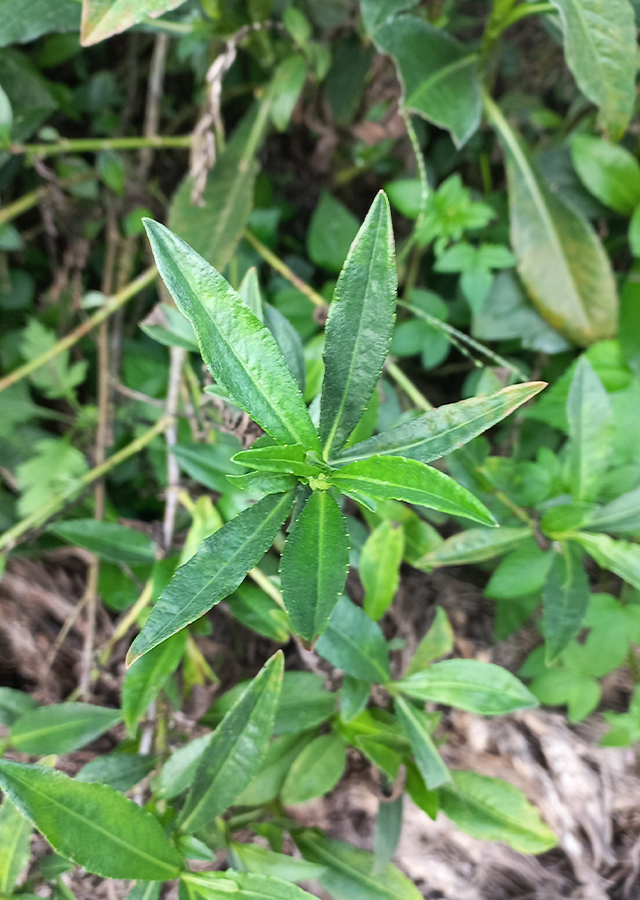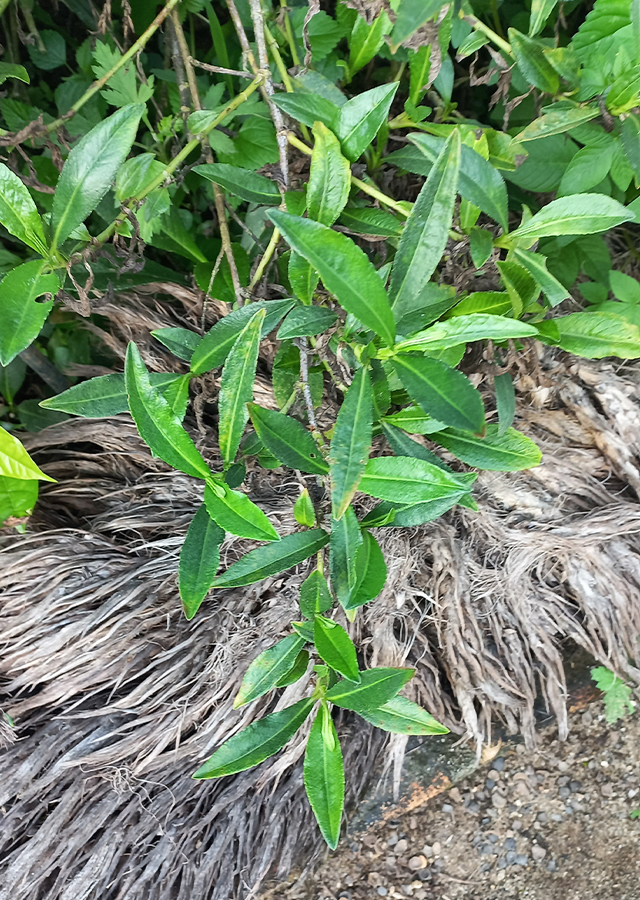Traditional Herbs from Satureja hortensis
treating_insect_bites
- Take fresh summer savory leaves, wash them thoroughly.
- Crush them into a paste.
- Apply the paste on insect bites.
What is Satureja hortensis Looks like??



Parts of Satureja hortensis that could be used
- Leaves
- All Parts of the Plant
Satureja hortensis Distribution
Summer savory or Satureja hortensis is an aromatic plant originating from Southern Europe and the Mediterranean region. Naturalized in parts of North America. S. hortensis has been cultivated in Europe, Asia (former Soviet Union, Afghanistan, India, Sri Lanka), South Africa and America (United States, Argentina). In Southeast Asia, this species is cultivated in the Philippines on a small scale for the fresh spice market and also in the mountains of Java (Indonesia). This species is known and used as a spice (seasoning and flavoring in various dishes, such as various soups, salads, etc.) and medicinal plants since ancient times. Often enjoyed as a herbal tea with various health benefits in it, it is also used as a substitute for salt and pepper, and is known as an important spice in making sausages to strengthen the aroma to make it sweeter and softer. S. hortensis produces essential oils that are rich in nutrients that are useful for health, one of the dominant ones being thymol, which can be used as a mixture of cosmetic ingredients. The resulting oil has also been used in the food industry to flavor processed foods, and in the liquor and perfume industries. Apart from that, based on its function as a medicinal plant, S. hortensis has many pharmacological activities and good benefits for health, including as a carminative, antimicrobial, antioxidant and anti-inflammatory. In Iran, this species is one of the most popular medicinal and aromatic plants. However, it is not recommended for use by pregnant women, due to the lack of research that guarantees the safety of this herbal medicine.Agroecology of Satureja hortensis
Satureja hortensis usually grows well in most temperate and subtropical climates, in full sun, at high temperatures, in light, rich, well-drained soil. The growth of the species especially prefers arid, dry places, on walls, sandy or gravelly soil. The preferred substrate is calcareous but also siliceous soil with a neutral pH, high nutritional value from soil that must be sufficiently moist. Satureja hortensis does not require a lot of water, and prefers drought conditions to overwatering. However, proper watering promotes growth. The height distribution reaches 1,300 m above sea level.
Morphology of Satureja hortensis
- Roots thin, straight, almost cylindrical.
- Stems upright, many branched, obtuse to smooth, without grooves, with short hairs.
- Leaves opposite (opposite), subsessile, small, linear to lanceolate or obovate , the base gradually tapers into a very short petiole, the leaf edges are flat, the leaf tips are blunt to slightly pointed. The leaves are bronze to green, almost black.
- Flowers hermaphroditic, flower petals (calyx) tubular and 2-lipped, 10 leaf veins, glabrous (bare) inside, thin pilose (fine and soft hairs) outside, with 5 subequal triangular teeth (longer than the tube) or 3-dentate upper lip and lower lip 2-dentate. Crown (corolla) tubular and 2-lipped,\u00a04-10 mm long, wide funnel-shaped tube, lower lip 3-fid, lip upper emarginate, light purple to white, throat sometimes dotted with red, thinly pubescent outside 4, curved, inserted at top of corolla tube under upper lip, shorter than corolla, pistil with 4-lobed ovary. , pistil stalk (style) with 2 equal branches ending in a small stigma. Inflorescences consist of loose to dense verticillasters each with 2-20 bisexual flowers, very short pedicels, bracteoles usually longer than petals, long thin ciliates.
- Fruits are oval to ovate measuring about 1 to 1.4 mm and pale brown in color, consisting of 4 nutlets, enclosed within a persistent calyx. Nutlet subglobose, about 1 mm long, glabrous, smooth, blackish brown.
Cultivation of Satureja hortensis
- Plant propagation is usually through seeds. Seeds should be sown 0.5-1.5 cm deep at a row spacing of 25-30 cm. When cultivated mechanically, rows can be 45-50 cm apart. Plant spacing that is too narrow can increase the risk of disease fungi such as gray mold (Botrytis cinerea) and mint leaf rust (Puccinia menthae).
- Three main developmental phases can be distinguished in the cycle of summer savory plants, namely the vegetative phase, the flowering, and senescence. The vegetative phase ends when flower buds appear. The flowering phase can be subdivided into early flowering and full flowering, the latter starting when the first flower is fully opened constant until maximum biomass is reached and aging begins.
Satureja hortensis, more details :
Chemical Content of Satureja hortensisEssential oils (thymol, γ-terpinene, α-terpinene, myrcene, carvacrol, p-cymene, α-phellandrene, α- and β-pinene, sabinene, terpineol, α-thujene), linalool,� limonene, phenolic compounds, tannins, steroids, linolenic acid, acids linoleic acid, oleic acid, palmitic acid, stearic acid, rosmarinic acid, caffeic acid, naringenin, isoferulic acid, apigenin, pyrocatechols, flavonoids (luteolin, quercetin), glycosides (apigetrin and vitexin), flavonol glycosides (isoquercitrin, astragalin, quercitrin) , coumarin derivatives (aesculin and aesculetin).
Benefits of Satureja hortensis
Treats digestive disorders (flatulence, nausea, cramps, dyspepsia, diarrhea), relieves sore throat, relieves stress, relieves pain, natural mouthwash, treats insect bites (such as bees), helps treat diabetes, cardiovascular disease, cancer, Alzheimer's, medication rhinosinusitis (inflammation of the sinuses and nasal cavity), is an aphrodisiac. Has activity as an antioxidant, antimicrobial, antibacterial, antirheumatic, anti-inflammatory, analgesic, carminative (stimulates the release of intestinal gas), hepatoprotective and anticancer.
Simplisia of Satureja hortensis
- Prepare summer savory leaves, wash them thoroughly with running water.
- Dry in the sun or in an oven temperature\u00a040\u00b0C until the moisture content\u00a010%.
- Choose using a blender until they become powder.
- Store in a clean, airtight container.
Another Facts for Satureja hortensis :
Synonym of Satureja hortensisSatureja pachyphylla K. Koch, Satureja altaica Boriss., Clinopodium hortense (L.) Kuntze
Habitus of Satureja hortensis
Herb. Erect, annual herb, can grow to 10-50 cm.
Habitat of Satureja hortensis
- Mainland
No comments:
Post a Comment